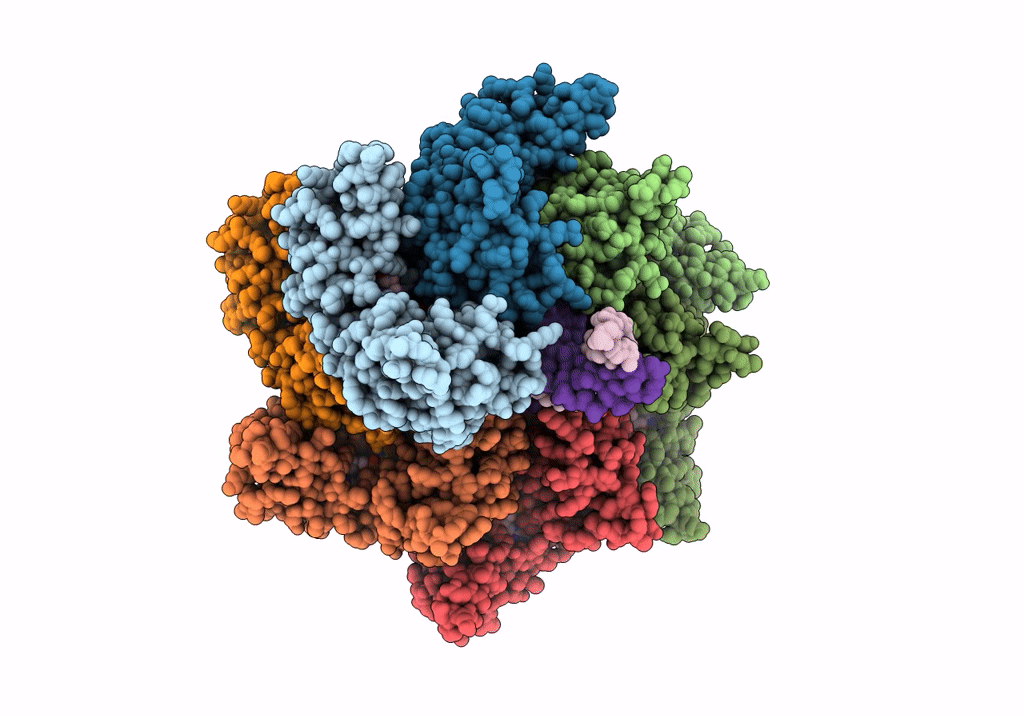
Deposition Date
2021-08-31
Release Date
2021-12-01
Last Version Date
2024-07-17
Entry Detail
Biological Source:
Source Organism:
Scytonema hofmannii (Taxon ID: 34078)
synthetic construct (Taxon ID: 32630)
synthetic construct (Taxon ID: 32630)
Host Organism:
Method Details:
Experimental Method:
Resolution:
3.57 Å
Aggregation State:
FILAMENT
Reconstruction Method:
HELICAL


